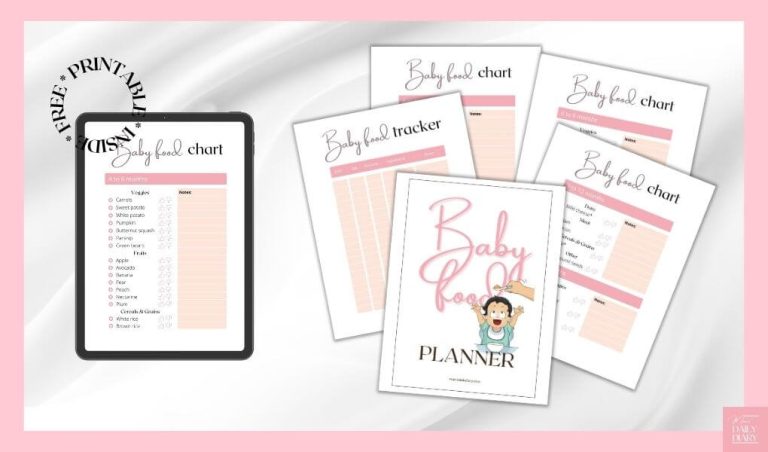Understanding Newborn Behavior And Sleep Patterns
As a new parent, you may find yourself feeling overwhelmed and exhausted as you try to navigate the world of newborn behavior and sleep patterns.
It can be tough to understand why your little one is crying or how to establish a sleep routine that works for both you and your baby. But fear not, with some knowledge and patience, you can learn to recognize your newborn’s behavior patterns and create a calming sleep environment that will help them get the rest they need.
Note: This post may contain affiliate links, which means if you buy from my link I might make a small commission. This does not affect the price you pay. See the full affiliate disclosure here.
In this article, we will explore the different stages of newborn sleep, common behavior patterns, and tips for establishing a healthy sleep schedule.
Whether you’re a first-time parent or have been through this before, understanding your baby’s needs when it comes to sleep can make all the difference in ensuring their overall health and happiness.
So let’s dive in!

Understanding Newborn Sleep Patterns
You’re probably wondering how much sleep your newborn needs and when to expect them to fall asleep.
Newborns typically sleep for 16-17 hours a day, but they don’t have a regular sleep pattern like adults.
They may nap for 2-4 hours at a time throughout the day and night, with periods of wakefulness in between.
It’s important to remember that this is normal behavior for a newborn.
Breastfeeding and swaddling can help your baby fall asleep easier and stay asleep longer.
Breastmilk contains tryptophan, an amino acid that helps promote sleepiness.
Swaddling provides comfort and security by mimicking the feeling of being in the womb.
Nighttime feedings and diaper changes are also important during this stage as they can disrupt your baby’s sleep patterns if left unattended.
Try to keep these activities calm and quiet so you don’t stimulate your baby too much during nighttime hours.
Recognizing Newborn Behavior Patterns
Recognizing how babies act and behave is crucial for parents to establish healthy routines. Newborn communication and interpreting cues are essential skills that parents must learn to understand their baby’s behavior patterns.
Babies communicate through various ways, including crying, facial expressions, body movements, and gestures. It’s essential for parents to pay close attention to these cues as they help them understand what their baby needs.
Interpreting newborn behavior patterns also involves recognizing when your baby is tired or hungry. When babies are hungry, they may suck on their fingers or fists, root around the breast area or bottle nipple, or make smacking sounds with their lips.
On the other hand, when a baby is tired, they may rub their eyes or ears, yawn excessively, become fussy or irritable.
Understanding these cues can help you establish healthy sleep routines for your newborn child by recognizing when it’s time for a nap and understanding what soothes them best during bedtime.
Establishing a Sleep Schedule
Establishing a consistent sleep schedule for your little one can lead to more restful nights and happier mornings. Setting boundaries around bedtime routines and enforcing them consistently can help your baby learn when it’s time to settle down for the night.
It’s important to establish a predictable routine, such as a bath followed by a story or song, so that your baby knows what to expect each night. Sleep training techniques can also be helpful in establishing healthy sleep habits for your newborn.
One popular method is the ‘cry it out’ approach, where you allow your baby to cry for predetermined periods of time before checking on them. This technique can be challenging emotionally, but it has been shown to be effective in helping babies learn how to self-soothe and fall asleep on their own.
Ultimately, every family will have different preferences and needs when it comes to sleep training, but setting boundaries and establishing a consistent routine are key components of any successful approach.

Creating a Calming Sleep Environment
Creating a cozy and peaceful sleep environment is crucial for your little one to feel calm and relaxed at bedtime.
One of the easiest ways to achieve this is by using white noise machines, which can mimic the sounds of the womb and help soothe your baby into a deep slumber. These machines are also great for drowning out any potential disturbances that may wake your newborn up during the night.
Another effective technique for creating a calming sleep environment is swaddling. This involves wrapping your baby snugly in a blanket, which can help them feel secure and prevent their startle reflex from waking them up.
Swaddling can also make it easier for babies to fall asleep on their own without needing to be held or rocked. Just remember to follow proper swaddling techniques, such as leaving enough room around the hips for healthy development, and always placing babies on their backs to sleep.
Seeking Professional Help
If you’re struggling to get your little one to sleep, it may be time to seek professional assistance.
Finding support from a pediatrician or a certified sleep coach can help you understand and address any underlying issues that may be causing your baby’s sleep troubles. They can also provide personalized advice on coping strategies that work best for your family’s needs.
When seeking professional help, it’s important to choose someone who specializes in infant sleep and has experience working with families in similar situations. You can ask for recommendations from friends or look for certified professionals online.
Remember, every baby is different, so don’t hesitate to ask questions and collaborate with the expert you choose to create a customized plan that fits your child’s unique personality and needs. With the right guidance and support, you’ll be able to establish healthy sleep habits that will benefit both you and your baby in the long run.
Conclusion
Now that you’ve got a better understanding of newborn behavior and sleep patterns, it’s important to remember that every baby is unique. Some may sleep more than others, while some may cry more frequently. It’s crucial to pay attention to your baby’s individual needs and adjust accordingly.
By recognizing the signs of tiredness and establishing a consistent sleep routine, you can help promote healthy sleep habits for your newborn. Creating a calming environment with dim lighting, white noise, and comfortable temperature can also aid in promoting restful sleep.
However, if you’re struggling to get your baby to sleep or notice any concerning behaviors, don’t hesitate to reach out for professional help from a pediatrician or lactation consultant.
With patience and support, you can help your little one establish healthy sleeping patterns for optimal growth and development.






